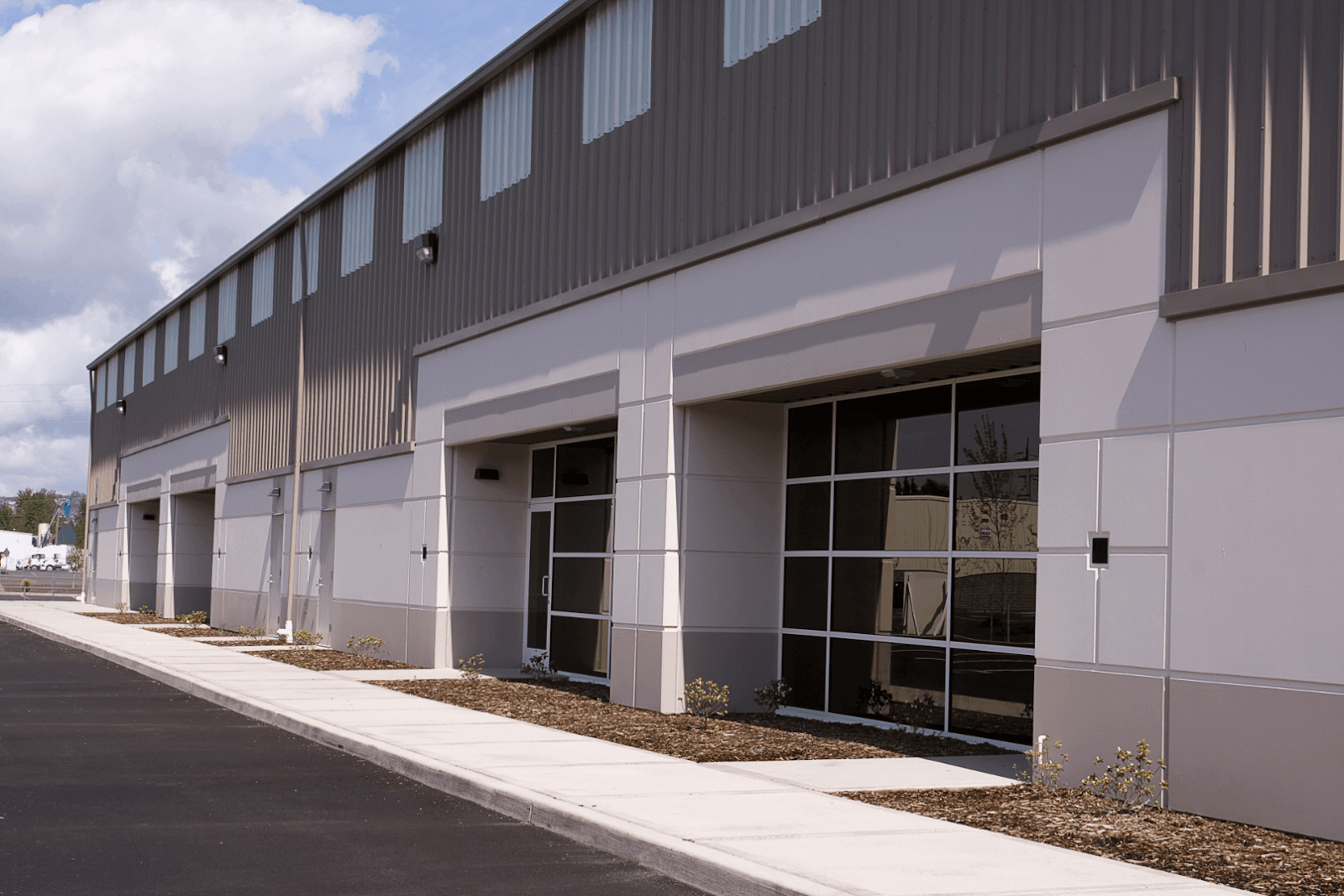Why Snagging is Essential for Commercial Properties Too
Date Published

Why Snagging is Essential for Commercial Properties
Snagging is a crucial step in the construction process, traditionally associated with residential properties. It involves the meticulous identification and rectification of defects or "snags" in a newly built property before it is handed over to the owner or occupier. These defects could range from minor cosmetic issues, such as uneven paintwork or misaligned fixtures, to more significant structural concerns, like cracks in the walls or poorly installed plumbing. The goal of snagging is to ensure that the property meets the expected standards of quality and safety and that the owner receives a building free from any defects that could compromise its functionality or value.
For residential properties, snagging is often seen as a final quality check. It ensures that all aspects of the home—from structural integrity to the finer details of finishings—are up to the mark before the new owners move in. Given the personal and financial investment involved in buying a home, snagging offers peace of mind, confirming that the property is not only aesthetically pleasing but also safe and structurally sound.
Relevance to Commercial Properties
While snagging is commonly associated with residential properties, it is equally vital in the context of commercial buildings. Commercial properties, such as office buildings, retail spaces, and industrial facilities, are often larger and more complex than residential homes. They involve intricate systems like HVAC, electrical, and plumbing, which are critical for the safe and efficient operation of the business housed within.
In commercial settings, the stakes are higher. Defects that go unnoticed can lead to significant operational disruptions, financial losses, or even legal liabilities if they compromise safety standards. For instance, a malfunctioning fire alarm system in a commercial building is not just an inconvenience—it is a potential legal issue and a serious safety hazard. Therefore, snagging in commercial properties is not merely about ensuring cosmetic perfection but about safeguarding the functionality and compliance of the building, which is essential for the business’s operations and reputation.
What is Commercial Snagging?
Definition and Scope
Commercial snagging encompasses a thorough examination of a building’s construction to identify and rectify defects before the property is fully operational. The scope of commercial snagging is broad, covering everything from the building’s structural integrity to the functionality of its mechanical and electrical systems. This process ensures that all aspects of the building, including HVAC systems, plumbing, electrical wiring, and safety installations, comply with relevant legal and industry standards.
In commercial properties, snagging inspections are often more detailed and technically complex compared to residential snagging. For instance, commercial buildings must adhere to stringent fire safety regulations, including the proper installation and testing of fire alarms, sprinklers, and emergency exits. Similarly, the building’s electrical systems must be robust enough to handle the operational demands of the business, while the HVAC system must ensure a comfortable and safe environment for employees and customers alike.
Comparison with Residential Snagging
While both residential and commercial snagging aim to ensure a defect-free property, the challenges and stakes involved are significantly higher in commercial settings. Residential snagging typically focuses on the finishings, such as paint, flooring, and fixtures, alongside the basic structural and mechanical systems. In contrast, commercial snagging deals with larger and more complex systems that are critical for the ongoing operations of businesses.
For example, a defect in the HVAC system of a commercial building could disrupt the entire workflow, leading to a potential loss of productivity and income. Additionally, the scale of commercial properties means that any structural issues—such as cracks or leaks—can be more severe and costly to repair. Moreover, commercial properties must meet a higher level of legal and safety compliance, which makes the snagging process not just a quality check, but a crucial step in ensuring the building’s operational viability and legal standing.
Common Issues Found in Commercial Properties
Structural and Workmanship Defects
One of the most common issues identified during snagging in commercial properties is related to structural and workmanship defects. These can include cracks in the walls or ceilings, improperly installed fixtures, or uneven flooring. Such defects are particularly concerning in commercial buildings due to their scale. A minor crack in a small residential property might be an aesthetic concern, but in a large commercial building, it could signal more serious underlying structural issues that require immediate attention
Mechanical and Electrical Systems
Commercial properties rely heavily on complex mechanical and electrical systems. Faults in these systems—such as incomplete or faulty installations of HVAC units, electrical wiring, or plumbing—can have significant implications. For instance, an improperly installed HVAC system could not only lead to discomfort for occupants but also cause energy inefficiencies, leading to higher operational costs. Similarly, electrical faults can pose safety hazards, disrupt business operations, and even lead to equipment damage if not promptly addressed
Safety and Compliance Concerns
Safety is paramount in commercial properties, and any defects in safety systems can have serious consequences. Issues such as malfunctioning fire alarms, inadequate emergency exits, or non-compliance with building codes are critical concerns that must be addressed during the snagging process. Ensuring that the property meets all legal and safety standards is not just about avoiding fines or legal action; it is about protecting the lives of the people who use the building daily
The Risks of Ignoring Snagging in Commercial Properties
Financial Risks
Failing to address defects identified during a snagging inspection in commercial properties can have severe financial implications. Unresolved issues, whether they are structural defects, faulty mechanical systems, or subpar finishes, can lead to costly repairs down the line. For example, what might initially seem like a minor leak can escalate into significant water damage, requiring extensive repairs and possibly disrupting business operations? If a defect leads to a safety incident, the business could face legal penalties and compensation claims, further impacting the bottom line
In addition to direct repair costs, there are also indirect financial risks. A commercial property with unresolved defects may struggle to attract and retain tenants, leading to potential losses in rental income. If the defects are severe enough, they could devalue the property, making it a less attractive asset for future investment or sale
Operational Risks
Commercial properties are complex structures with systems that need to function seamlessly to ensure smooth business operations. Ignoring defects found during snagging can lead to serious operational disruptions. For instance, a malfunctioning HVAC system can create an uncomfortable or even unsafe environment for employees and customers, leading to reduced productivity or a loss of business. Similarly, electrical faults could result in power outages or even fires, causing significant downtime and potentially endangering lives
These disruptions not only affect day-to-day operations but can also lead to longer-term challenges. Businesses that experience frequent operational issues due to unresolved defects might struggle with staff retention and customer satisfaction. Furthermore, operational downtime could lead to missed opportunities, negatively impacting the business's profitability
Reputation and Compliance Risks
A commercial property’s reputation is closely tied to its safety, functionality, and aesthetic appeal. Ignoring snagging issues can tarnish a business’s reputation, particularly if defects compromise the safety or comfort of occupants. For example, visible structural problems or recurring issues with building systems can deter potential tenants or customers, who may view the property as poorly maintained or unsafe
Moreover, non-compliance with building regulations is a significant risk. If a defect breaches safety standards—such as inadequate fire safety measures or improper electrical installations—the business could face legal actions, fines, or even closure until the issues are resolved. Compliance failures not only result in financial penalties but also damage the business’s reputation, making it harder to attract and retain clients
The Benefits of Conducting a Thorough Snagging Inspection
Cost Efficiency
One of the primary benefits of conducting a thorough snagging inspection is the potential for long-term cost savings. By identifying and addressing defects early, businesses can avoid the higher costs associated with more extensive repairs or replacements later. For instance, resolving a minor electrical fault during snagging is far less expensive than dealing with the aftermath of an electrical fire caused by an unresolved issue. Similarly, fixing structural defects before they worsen can save thousands in future repair costs .
Preventative maintenance through snagging inspections also reduces the likelihood of emergency repairs, which are often more costly and disruptive to business operations. This proactive approach helps maintain a steady cash flow and protects the property’s overall value
Safety and Legal Compliance
Ensuring that all safety measures and legal requirements are met is another critical benefit of a thorough snagging inspection. Commercial properties are subject to stringent regulations, particularly concerning fire safety, accessibility, and health standards. A comprehensive snagging process helps ensure that the building complies with these regulations, thereby protecting the business from potential legal issues and ensuring the safety of its occupants
Furthermore, compliance with legal standards is not just about avoiding penalties. It also contributes to creating a safe and secure environment for employees, clients, and visitors, which is essential for any business’s long-term success
Enhanced Functionality and Aesthetics
A well-conducted snagging inspection enhances the functionality and aesthetics of a commercial property. By addressing issues like poor workmanship or faulty installations, the property becomes more comfortable and efficient for its users. For example, fixing an uneven floor not only improves the building’s appearance but also prevents accidents, contributing to a safer work environment
A property that is free of defects is also more likely to attract and retain tenants or customers. Well-maintained and aesthetically pleasing buildings project a positive image, making them more desirable for businesses looking for a reliable and professional environment
Preservation of Property Value
Thorough snagging inspections are essential for preserving or even increasing the value of a commercial property. Properties with few or no defects are more likely to retain their value over time, making them more attractive to potential buyers or investors. In contrast, properties with unresolved issues may suffer from depreciation, as defects can lead to further deterioration and increased maintenance costs
By ensuring that all aspects of the building meet the highest standards, snagging inspections help safeguard the property’s value and make it a more lucrative asset in the competitive commercial real estate market
Conclusion
Snagging is a critical process in the construction and handover of commercial properties. It plays an essential role in ensuring that buildings are safe, functional, and compliant with all relevant regulations. By addressing defects early, snagging helps avoid the financial risks associated with costly repairs and legal penalties. It also safeguards the operational efficiency of the business by preventing disruptions caused by malfunctioning systems or structural issues. Moreover, thorough snagging enhances the building’s aesthetic appeal and functionality, making it more attractive to tenants and customers, while also preserving or increasing the property’s value in the long term.
For commercial property owners and managers, ignoring snagging can lead to significant financial, operational, and reputational risks. However, by investing in professional snagging services, these risks can be mitigated, ensuring that the property remains a safe, compliant, and valuable asset for years to come.
Secure Your Property's Future—Book a Professional Snagging Inspection Today!
To safeguard your investment and ensure the long-term success of your commercial property, it is imperative to invest in professional snagging services. At Home Snagging UK, we are dedicated to providing comprehensive snagging inspections that identify and rectify defects before they become major issues. Our team of experienced professionals uses cutting-edge technology and extensive industry knowledge to deliver thorough, accurate reports that help you maintain the highest standards of quality and safety on your property.
Don’t leave your property’s future to chance—contact Home Snagging UK today to schedule your commercial snagging inspection. Let us help you protect your investment and ensure that your property meets all necessary standards for safety and functionality.
For more information or to book an inspection, please call us at 01302 957388 or email contact@homesnagginguk.com

